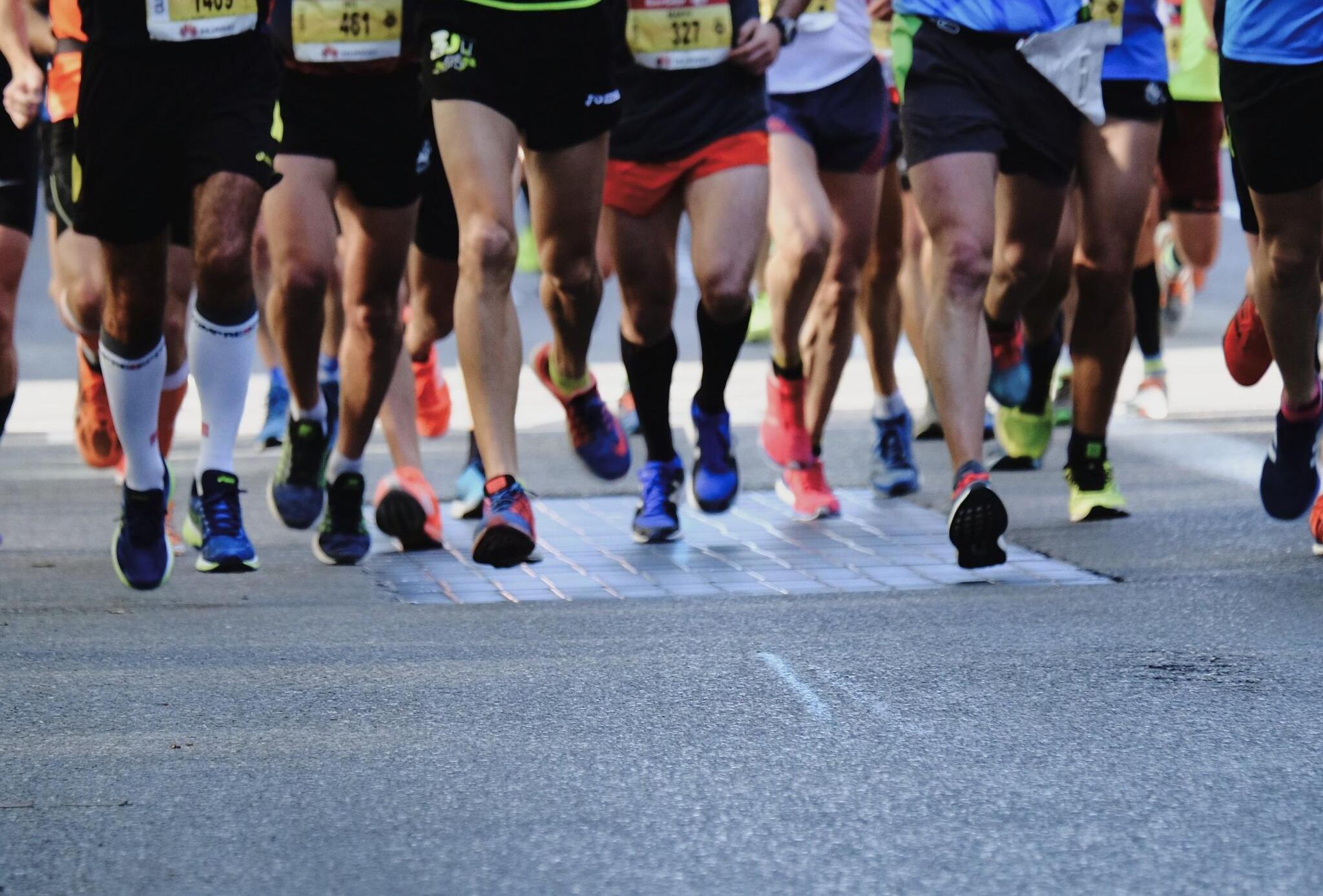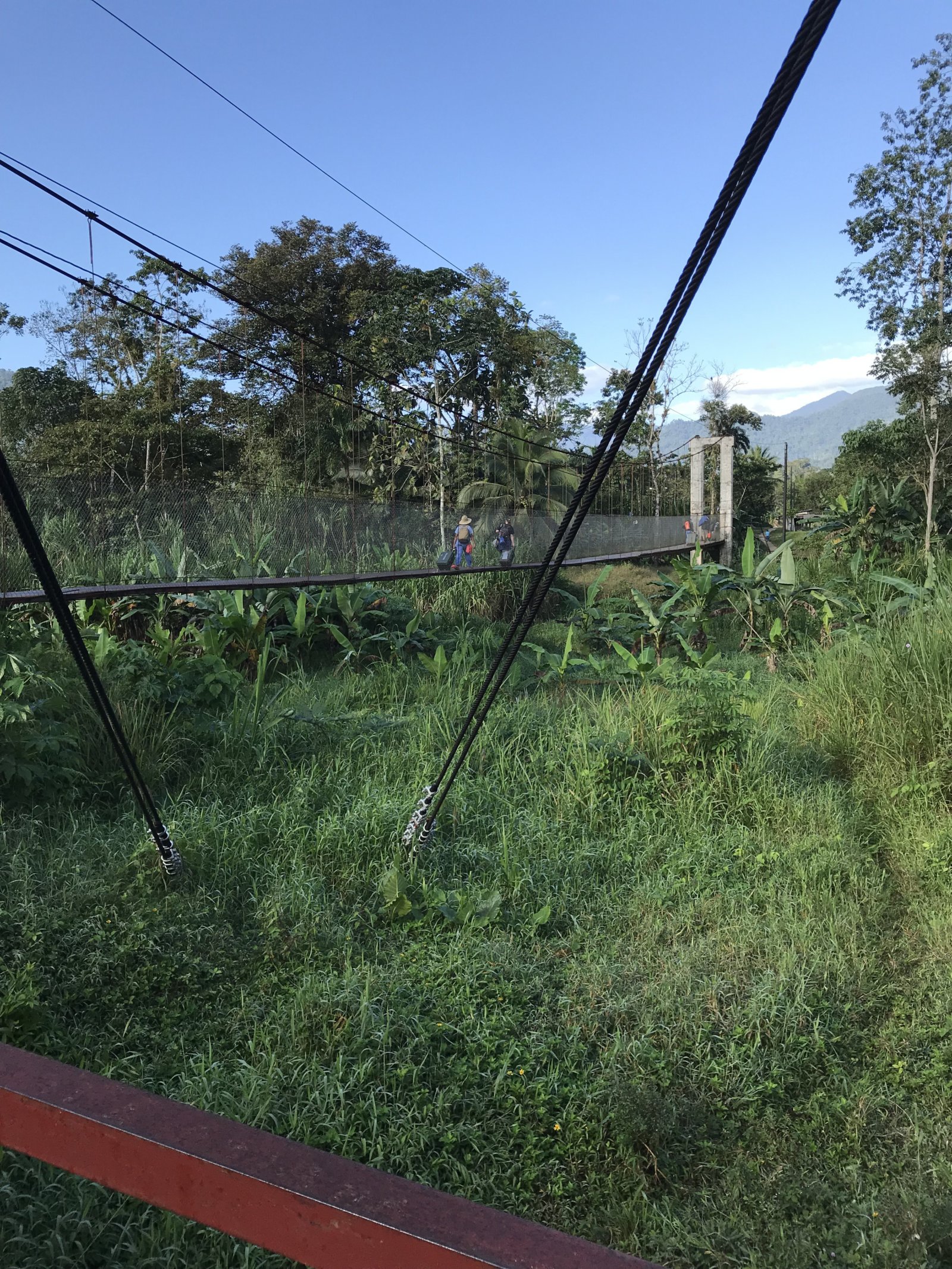Vietnamese Coffee: A Journey Through Flavor
Strong and flavourful Vietnamese coffee makes converts as quickly as it raises pulses. French colonists might have introduced coffee to Vietnam, but the morning cup of ca phe soon became a local habit. With variations that incorporate yoghurt, eggs, and even fruit, Vietnamese coffee has developed a distinctive style of its own.

The Secrets of Vietnamese Coffee
The preparation process, along with the blend of beans, contributes to Vietnamese coffee’s unique style. Most coffee bean plantations are found in the area of Da Lat, known as ‘Europe of Vietnam’ for its cooler climate and hilly landscape. This region is the source of many varieties of tea and coffee enjoyed throughout the country.
What truly gives Vietnamese coffee its flavour? While some attribute it to the filter drip method, the traditional roasting process plays a critical role. Roasters in Vietnam often use rice wine, a pinch of salt, and butter, resulting in a unique, rich taste that many locals love. Additionally, some roasteries offer flavours such as chocolate or caramel, appealing to local preferences.
Coarsely ground beans are placed in a French drip filter (called a phin) that sits on top of the cup. Hot water is poured into the phin, and the water gradually trickles down into the cup below. This process can be repeated to ensure a robust brew that’s truly satisfying.
Popular Coffee Variations in Vietnam
In Vietnam, coffee is more than just a drink; it has become an integral part of social culture. Here are some iconic recipes you can savor while traveling across the country:
Coffee with Milk (ca phe nau or ca phe sua)
This strong brew typically includes sweetened condensed milk, a practice that originated due to the French’s difficulty in acquiring fresh milk. In northern Vietnam, the drink is referred to as ca phe nau (brown coffee), while in the south, it’s known as ca phe sua (milk coffee). This beverage is predominantly served cold with ice, but hot versions are also available.
Yoghurt Coffee (sua chua ca phe)
Originally introduced by the French, yoghurt has since become a beloved element within Vietnamese culinary traditions. Rich and creamy, it can be topped with fresh mango or even coffee. This delightful combination may seem unconventional, but rich yoghurt and a drizzle of black coffee create a flavor harmony that’s worth trying.
Egg Coffee (ca phe trung)
This unique concoction merges whipped egg yolk with condensed milk and dark coffee, reminiscent of a Vietnamese tiramisu. Born in Hanoi in the 1940s during milk shortages, egg coffee is still enjoyed today. Café Giang, where this drink was first created, continues to serve it, along with various adaptations now available in many establishments.

Coconut Coffee (ca phe cot dua)
This popular drink features black coffee mixed with condensed milk and coconut milk, all blended with ice. While its origins are uncertain, it has gained popularity among the younger Vietnamese population in recent years. In some cafes, this delightful drink is made with a base of ca phe nau (brown coffee) combined with coconut and fresh milk.
Coffee Smoothie (sinh to ca phe)
Recently, coffee has been creatively incorporated into smoothies. Juices and coffee shops blend fresh fruit with Vietnamese coffee, and sometimes add yoghurt or cashews. In Hanoi, try sinh to ca phe chuoi bo (coffee blended with banana and avocado). While in Ho Chi Minh City, opt for sinh to ca phe sapoche (coffee blended with sapodilla, a tropical fruit). Both options deliver a delicious caffeine boost along with essential nutrients.
Where to Experience the Best Vietnamese Coffee
Hanoi remains the heart of cafe culture in Vietnam. While modern coffee shops are increasingly popular, traditional sidewalk cafes still teem with drinkers of all ages, who savor their cups for hours. Nevertheless, high-quality coffee can be found throughout Vietnam.
While numerous locations contribute to Vietnam’s vibrant cafe culture, here are some notable spots in the two largest cities:
For the Experience: Trieu Viet Vuong
Known as ‘Coffee Street’, this area of Hanoi’s Hai Ba Trung District likely houses more cafes per block than anywhere else in Vietnam, featuring everything from family-run establishments to trendy spots. A long-established favorite, Café Tho (117 Trieu Viet Vuong), has been serving a robust brew for three decades.
For Dessert: Cafe Giang
No visit to Hanoi is complete without tasting the original egg coffee at Café Giang (39 Nguyen Huu Huan), which began crafting this iconic drink in the 1940s. The atmosphere and recipe remain largely unchanged, providing an authentic experience. For those not fond of coffee, try the egg foam with sweet mung beans or cocoa.
For the View: Cafe Pho Co
Located through a concealed entrance in the back of a shop, a staircase leads you to Café Pho Co, offering breathtaking views of Hoan Kiem Lake. From the serene balcony, you can enjoy your coffee while watching the lively street activity below.
For a Blast from the Past: Cafe La Tamia
Nestled in Ho Chi Minh City, La Tamia (38/05 Tran Khac Chan) exudes retro charm, inviting visitors to relax on vintage sofas or explore the owner’s collection of antique TVs and gramophones while sipping iced coffee.

Drink Coffee Like a Local in Vietnam
Consider these tips to enhance your coffee experience while visiting Vietnam:
- Milky Way: Avoid requesting decaf coffee. If you prefer a milder taste, order ca phe bac xiu, which features extra condensed milk for an irresistibly sweet experience.
- Sweet Spot: Since condensed milk is already sweetened, black coffee often comes with sugar. Opt for ca phe den (black coffee) to appreciate the robust flavors. To ensure it’s less sweet, simply ask for less sugar, or duong.
- Avoid Hunger: Traditional cafes in Vietnam typically do not serve food. It’s common to bring your own snacks. For the best experience, consider dining before heading to a café. If you’re in need of a quick bite, nibble on hat huong duong (sunflower seeds).
This article aims to guide you through the vibrant world of Vietnamese coffee, revealing local habits and must-try beverages. Your adventure starts with a cup of coffee!





